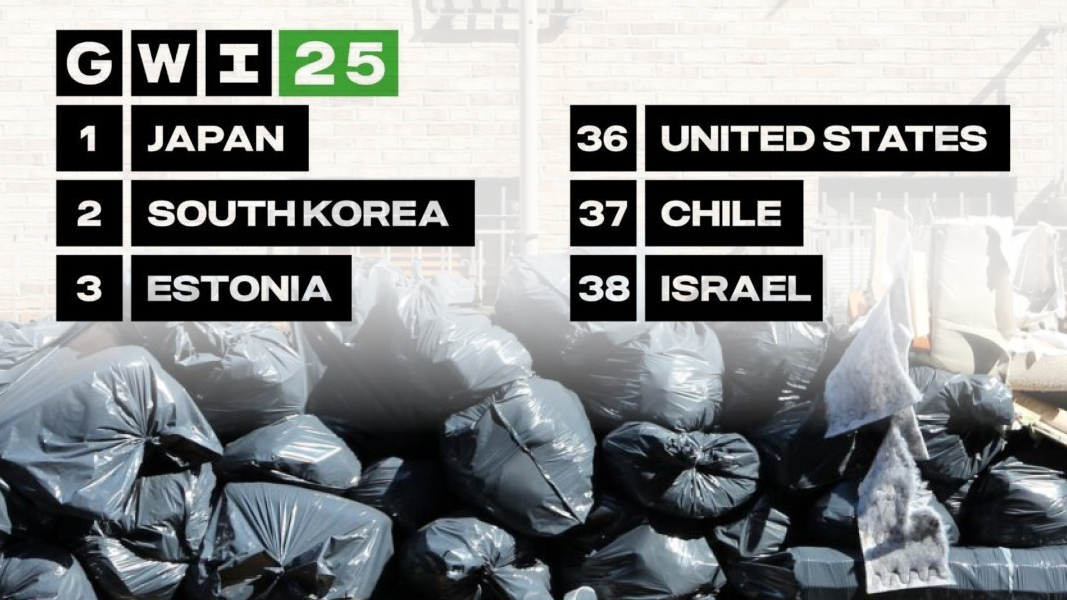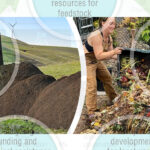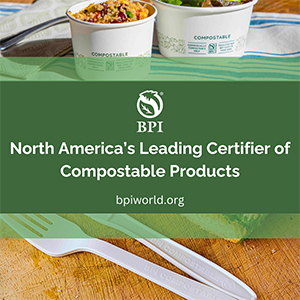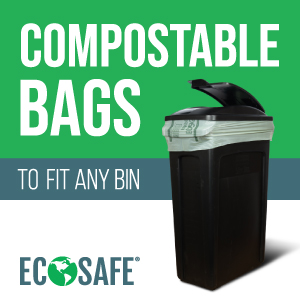Top: Photo and graphic courtesy Sensoneo
The Global Waste Index by Sensoneo, a waste management technology firm, compares waste management across the 38 member states of the Organization for Economic Cooperation and Development (OECD). Launched in 2019, the Index highlights top waste producers and key global trends. Data are captured on waste generation, recycling, incineration and landfilling. All four factors are measured as mass in kilograms (kg) per inhabitant per year. The 2025 update reflects a world “shaped by inflation, conflict, and uncertainty,” explains the analysis. Israel tops the list of worst performers, followed closely by Chile and the United States — the latter “generating a staggering 951 kg of waste per capita annually.” Notably, the U.S. has increased its per capita waste output since the last edition of the report in 2022 — from 811 kg to 951 kg per capita — “reinforcing its status as the country that generates the most municipal solid waste,” states the report. “The disparity between generation and treatment is a key metric of inefficiency.” In Israel, 524 kg out of 650 kg of municipal waste per person ends up in landfills — the highest figure among all countries analyzed. Meanwhile, Chile recycles virtually none of its waste (0%), and the U.S. only recycles 30%, while nearly half is landfilled. Other countries with high waste generation and landfill rates include Canada (684 kg per capita, 67% landfilled), Greece (519 kg per capita, 81% landfilled), and Australia (543 kg per capita, 53% landfilled).
Japan has the lowest per capita waste output (326 kg), followed by South Korea (438 kg) and Estonia (373 kg). Of Japan’s 326 kg/capita, 63 kg is recycled, 245 kg is incinerated and 3 kg is landfilled. By comparison, South Korea’s recycling per capita is 236 kg; 91 kg is incinerated and 56 kg is landfilled.













